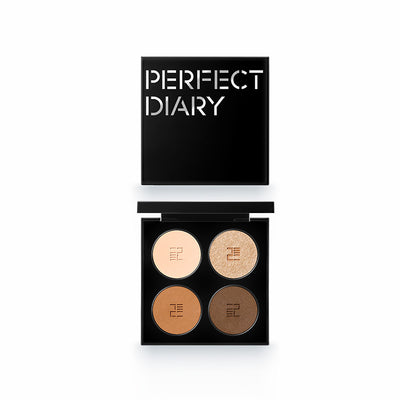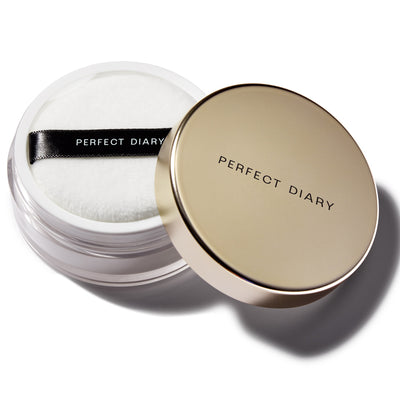A Guide to The Best Concealer for Under Eye Dark Circles and The Uses
For those who enjoy wearing makeup, locating the best concealer for under-eye dark circles is a constant challenge. If you don't know how to use concealers effectively, they might be challenging. But once you know the right technique, they can assist you with a variety of issues, from covering up redness to covering up dark circles.
If you have dark circles, there's a good possibility that you'll need a little bit extra coverage—even with a liquid foundation that matches your skin tone precisely. Although there are many under-eye concealers available, not all of them are made to hide the look of deep pigmentation or thin, transparent skin that reveals the blood pooling beneath the eyes.
To help enliven and brighten the under-eye area, we set out to find the best concealers. Therefore, a concealer that effectively covers dark circles must be pigmented enough to cover bluish shadows yet lightweight enough to not look caked on.
Different types of concealers
Skin-colored pigments are used to create concealer, a cosmetic used to cover dark circles and imperfections. Concealer helps to balance out skin tone and color-correct any skin redness when applied to the face before foundation or other cosmetic products. Additionally, some concealers have advantages for particular skin types. For instance, hyaluronic acid-based concealers have moisturizing properties that aid in the treatment of dry skin.
Concealer is a multipurpose makeup item that may be used to conceal imperfections, smooth out fine lines, define your lips, contour your face, and hide under-eye circles. Always apply a moisturizer and SPF before applying concealer to your skin to minimize creasing and shield your complexion from UV rays. You must first become familiar with the many types of concealers in order to pick the best concealer for under-eye dark circles.
- Color-correcting: Some concealers have pigments that cover and neutralize various skincare issues as well as address various types of discoloration. These pigments can be green, red, purple, or yellow. For instance, purple concealer brightens and enhances your skin tone while green concealer balances and conceals skin redness.
- Cream: A cream concealer might be appropriate for high coverage. These concealers, which come in a little palette or container, use potent pigments to cover imperfections. This concealer works best on normal or dry skin types because of its thick texture and satin finish.
- Liquid: Liquid concealers, which have a thin, milky consistency, are suitable for all skin types. Utilize liquid concealer to cover dark circles beneath your eyes by layering it for partial or complete coverage. The finishes of liquid concealers range from matte to radiant.
- Spot: Also referred to as stick concealers, spot concealers cure and cover imperfections to provide the appearance of full coverage. Spot concealers frequently come in twist-up canisters, making it simple to focus on specific blemishes. Consider using a spot concealer to hide blemishes if you have pimples or acne scars in a specific area of your face.
- Under-eye: Although you may disguise dark circles with any concealer—liquid, cream, or spot—there are concealers made exclusively for the under-eye region. Under-eye concealers have a thin consistency that easily blends into the skin since the skin around the eyes is sensitive. These concealers allow you to cover imperfections without having to tug or rub your skin.
How to apply the best concealer for under eye dark circles?
- Warm-up
Warm up a concealer with a cream texture a little before using it. To make it simple to apply and mix, do take this step.
- Apply and blend
Put a few dots of concealer on the dark area with your finger after grabbing some. After that, you can keep blending it with a concealer brush or your finger. Apply the concealer to your skin by buffing it in with a brush or your finger. Take particular care to evenly blend the edges. It's natural for you to get a somewhat reddish finish on your skin.
- Cover it up
Apply a second concealer over the region you just worked on, this time choosing one that matches your skin tone. You should continuously pat a sponge over the eyelids and the area under the eyes. This step covers any remaining pink or orange pigment on your dark circles.





















